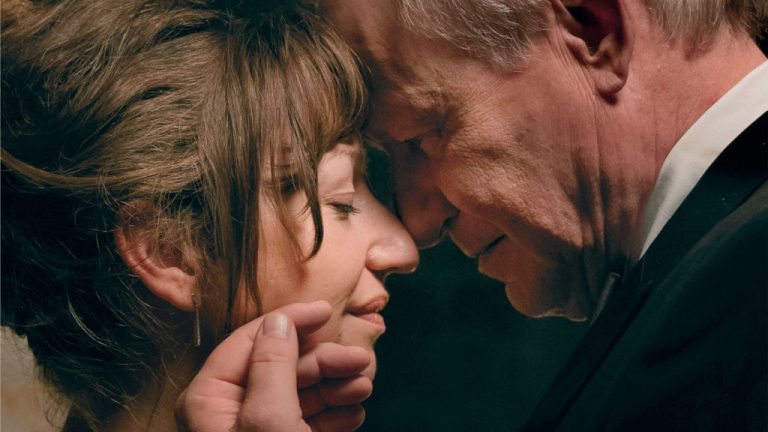
Hope is the latest cinematic endeavour by Norwegian film director and screenwriter Maria Sødahl. The film was chosen as Norway’s Official Selection and Shortlisted Entry for Best International Feature Film at the 93rd Academy Awards.
From the very beginning, the film plunges us into the strife of Anja, her partner Tomas, and their six children, aged from 10 to 16. The motion pictures opens with some music by Verdi that turns out to be revelatory: an aria of Anastasio, Vedrò con mio diletto, that expresses the thoughts of a man on the eve of battle. And a battle it is indeed for the characters of this film; a war against terminal cancer, where every effort is made to hold on to some shred of hope.
Anja lives with Tomas in an extended family of the children they share biologically, and the ones from Tomas’ first marriage that Anja loves as her own. In the course of their twenty year relationship, the two adults have grown to be independent developing their creative professions that have often led them to travel alone. But when Anja gets her terminal cancer diagnosis, their self-sufficient existences shatter. They both feel the urge to cling to the other, exposing the years of neglected love and postponed union. This journey, through the abyss of sickness, seems to provide a second chance to this detached couple, that will grow closer than ever, trying to weather the storm together.
After her debut feature with Limbo in 2010, Maria Sødahl returns with a drama based on her personal experiences, after being diagnosed with terminal brain cancer years ago — that led to a nine-year hiatus from filmmaking. Hope conveys the reserve and composure of Nordic culture in sharing pain and suffering, as Andrea Bræin Hovig (playing Anja) and Stellan Skarsgård (as Tomas) heighten the craft of acting, as they interiorise turmoil and struggle throughout their performance.
The drama gives to the Christmas holiday season a daunting twist, as Anja discovers that her constant headaches are caused by an edema and tumour on Christmas Eve, and her medical journey continues throughout the New Year, until the day of the surgery on January 2nd. In this brief time, the entire lifetime she and Tomas had continuously delayed, including marriage, is brought to completion. The couple is somehow putting its affairs in order, and trying to live to the fullest, although every ceremonious moment seems like a death sentence. Family comes first, and the children must be protected. Even a doctor will voice out the importance of the film’s title, when he tells Anja and Tomas: “you should give children 10% more hope than you have yourself.”
The film, distributed by KimStim, will have its theatrical (and virtual) release at Film Forum in New York City, at Laemmle Theaters in Los Angeles, and in many other cities including Chicago, Seattle and Washington DC, on April 16, 2021.
Hope, has so far been part of the official selection at Toronto, Palm Springs and Berlin film festivals, and winner of multiple awards and the nominee for two European Film Awards. After its much acclaimed success, in January 2021 it was announced that Nicole Kidman has bought the rights to the film, to star in the series adaptation, that will be co-produced by her production company, Blossom Films, and Amazon Studios.
The whirlwind of emotions traversed by Anja, epitomises the Norwegian phrase, “Uff da,” that is used to express dismay, discomfort, surprise and empathy towards something lamentable. This phrase has become part of American expressions, since it was brought to the United States during the 19th century Norwegian immigration wave. Therefore this locution can serve as the perfect trait d’union between Maria Sødahl’s Norwegian version of Hope, and the American adaptation we shall see with Nicole Kidman. This universal cancer survival story, will thus continue its cinematic narrative with a new “Uff da.”
Final Grade:B+

